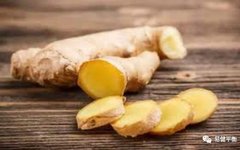Ginger has been a staple in Chinese cuisine for thousands of years. Its development and utilization are quite comprehensive, with products such as ginger slices, sweet ginger, ginger paste, and ginger juice being widely popular. Its spicy and fragrant flavor not only enhances the freshness of the ingredients but also helps users dispel cold, induce sweating, and increase appetite, making it a food that serves both medicinal and culinary purposes.
Daoist Master Speaks of Gan Jiang
There is an ancient Chinese saying, “Old ginger is spicier”. The ginger we commonly see can be divided into old ginger and fresh ginger. Old ginger, also known as Gan Jiang, has high medicinal value, such as in the prevention of colds, and is more commonly used in traditional Chinese medicine (TCM) treatments. In TCM, it refers to the dried rhizome of the ginger plant, typically harvested in winter, with the fibrous roots and dirt removed, then sun-dried or dried at low temperatures.
Freshly sliced and dried, it is also known as “Gan Jiang Pian”. There are many differences between old ginger and fresh ginger, not just in terms of growth duration. Old ginger has a yellowish-brown exterior, rougher skin than fresh ginger, with more pronounced surface lines. Its flavor is spicier, and when broken open, it feels drier, with denser flesh and more fibers, and a stronger aroma. The term ‘spicier old ginger’ refers to this type.
In contrast, fresh ginger has a smoother skin, a milder spicy flavor, and its interior is tender, with more moisture and less fiber, typically a whitish color.
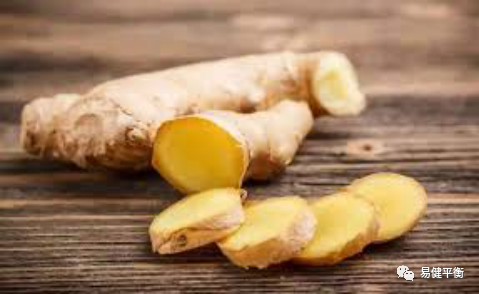
Both can be used medicinally. Old ginger is pungent, warm in nature, and enters the spleen, stomach, kidney, heart, and lung meridians. It has the effects of warming the middle, dispersing cold, reviving yang, and warming the lungs to transform phlegm, and is indicated for cold pain in the abdomen, vomiting, diarrhea, cold limbs with weak pulse, and cough due to cold phlegm. On the other hand, fresh ginger is pungent, slightly warm, and enters the lung, spleen, and stomach meridians. It has the effects of releasing the exterior to disperse cold, warming the middle to stop vomiting, warming the lungs to stop coughing, and detoxifying, and is indicated for wind-cold colds, cold conditions of the spleen and stomach, cold vomiting, lung cold cough, and detoxifying fish and crab poison.
As plants belonging to the ginger family, both ancient and modern people have a long history of using them. Nowadays, people may not particularly distinguish between the two when consuming them, but in ancient Chinese medical texts, the differentiation began to appear as early as the Han Dynasty.
Chinese people are no strangers to ginger; on the contrary, after understanding its therapeutic effects, ginger plays a crucial role in Chinese dietary culture. In the Analects of Confucius, there is a record of Confucius stating: “I do not eat meat bought from the market; I must have ginger with every meal, but not too much.” The 乡党 chapter consists of 27 sections, focusing on Confucius’s demeanor, speech, and daily life, providing rich historical materials and evidence for later studies of his words and actions. The original text records some of Confucius’s dietary habits, stating that he ‘does not eat meat and wine bought from the market; he must have ginger with every meal, but not too much.’ Confucius’s dietary habits were very healthy. There are many folk sayings related to ginger, such as “Men should not be without ginger for a day, and women should not be without sugar for a hundred days”, “Having ginger at home, one need not worry about minor illnesses”, or “Eating ginger in summer promotes longevity and health”. Consuming small amounts can benefit the gallbladder, strengthen the stomach, stop vomiting, eliminate foul odors, and reduce water retention. However, from the perspective of modern medical research, if the ginger’s zingiberene combines with oxidants, it can produce more potent carcinogenic epoxides, increasing the risk of liver cancer. Confucius’s philosophy on ginger consumption may not have stemmed from this angle; rather, it was more based on considerations of digestive system diseases. Excessive consumption of ginger can lead to overproduction of stomach acid and bloating, causing headaches, nausea, vomiting, breathing difficulties, and even affecting liver and kidney function.
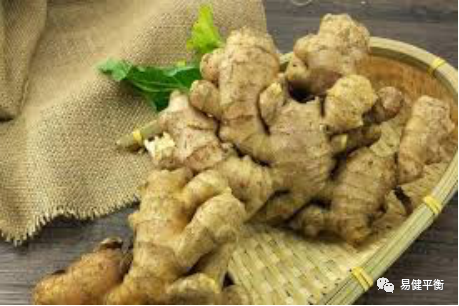
Ginger is native to the tropical regions of Southeast Asia and has been consumed in China, India, and other Southeast Asian regions since ancient times. By the first century AD, it was introduced to Europe, but at that time, the quantity of ginger in Europe was insufficient for consumption, so it was mainly used for medicinal purposes.
The earliest record of old ginger, or Gan Jiang, appears in the Shen Nong’s Herbal Classic: “Gan Jiang, pungent and warm, is used for chest fullness, cough, and counterflow qi, warming the middle to stop bleeding, inducing sweating, expelling wind-dampness, treating diarrhea, and the fresh one is especially good.” The phrase ‘the fresh one is especially good’ indicates that at this time, there was no clear distinction between fresh and old ginger in the medical field; it was merely based on experiential knowledge that fresh ginger was believed to be more effective for the aforementioned ailments.
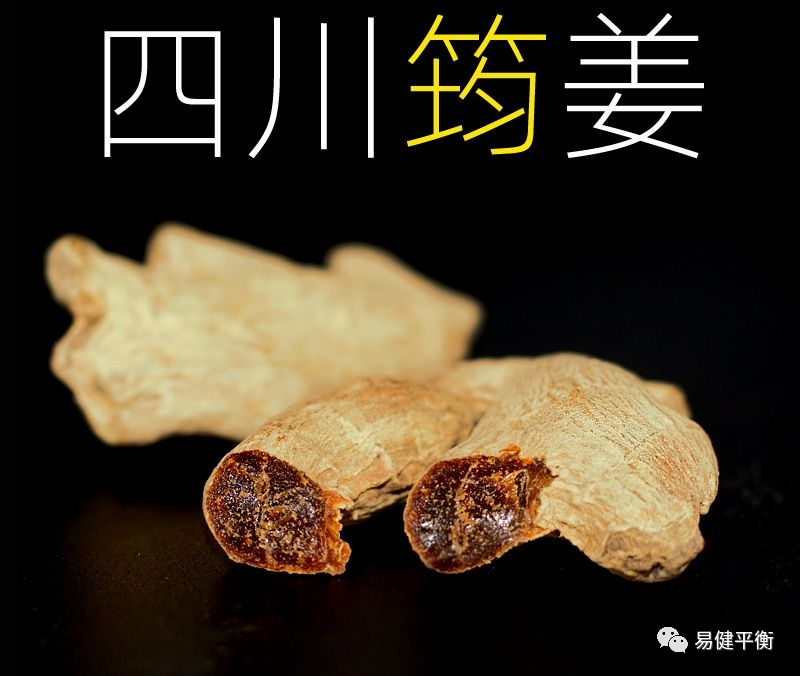
Jun Jiang [jūn] is a unique medicinal dry ginger from Sichuan. This variety of ginger is unique, with a long history, dating back over 1,700 years. The Tang Dynasty’s Newly Revised Materia Medica states: “Gan Jiang… is grown in the valleys of Qianwei… harvested in September.” The Qing Dynasty’s Compendium of Materia Medica records: “It grows in Sichuan, twisted like a dry branch, and is the spiciest.” These records all point to the Jun Jiang variety.
Jun Jiang, commonly known as Tieban Jiang, is produced in the regions of Junlian, Muchuan, and Qianwei in Sichuan. It has a solid texture, a natural luster on the surface, a plump and round body, a large size, sufficient powdery quality, and low fiber content, with a high content of pungent compounds, making it the most suitable dry ginger for traditional medicinal uses in TCM. Traditionally, it must be harvested a few days before and after the winter solstice, then processed using ancient methods and special techniques. Jun Jiang pieces have a natural color, and the cross-section is relatively hard; they must be crushed or ground into powder for the medicinal effects to be fully realized. Authentic Jun Jiang, when broken open, reveals a glass-like deep brown color, hence it is also known as amber ginger.
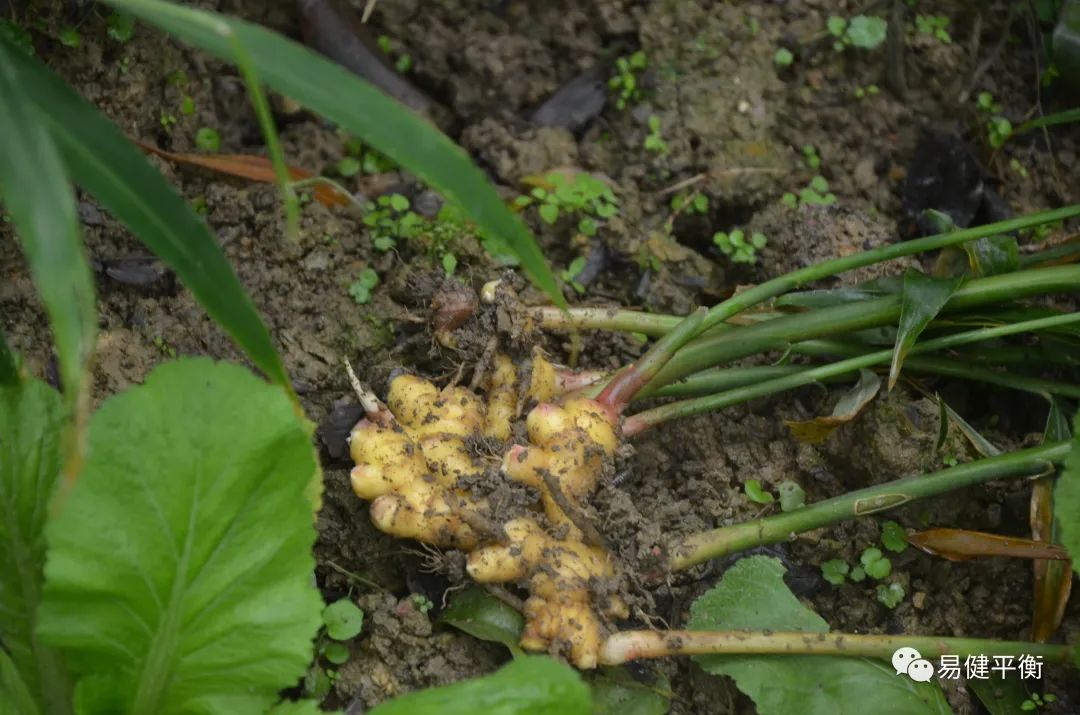
In terms of medicinal value, Jun Jiang possesses warming and tonifying effects, is spicy and warm without being drying, disperses internal cold while retaining warmth, promotes blood circulation, and enhances resistance. In recent years, the rise of the Huoshen school of TCM, which focuses on supporting yang, has seen Jun Jiang used extensively in formulas with Chuan Fuzi, embodying the concept of one supporting and one dispersing, which has made the unique value of Jun Jiang known and applied by more practitioners. The well-known Sichuan Huoshen practitioner, Lu Chonghan (who established the Lu Huoshen TCM clinic), highly praises Jun Jiang, believing that this ginger is different from the dry ginger made from regular fresh ginger; Jun Jiang is warm but not drying, and its spiciness is not as intense as dry ginger, yet it can penetrate deeply into the lower jiao. Jun Jiang can warm and tonify the upper, middle, and lower jiao (generally referring to the lungs, spleen and stomach, and kidneys), and has a reviving yang effect, making it ideal for pairing with drier herbs like Fuzi, and suitable for warming and tonifying adjustments, such as in making ginger date drinks.
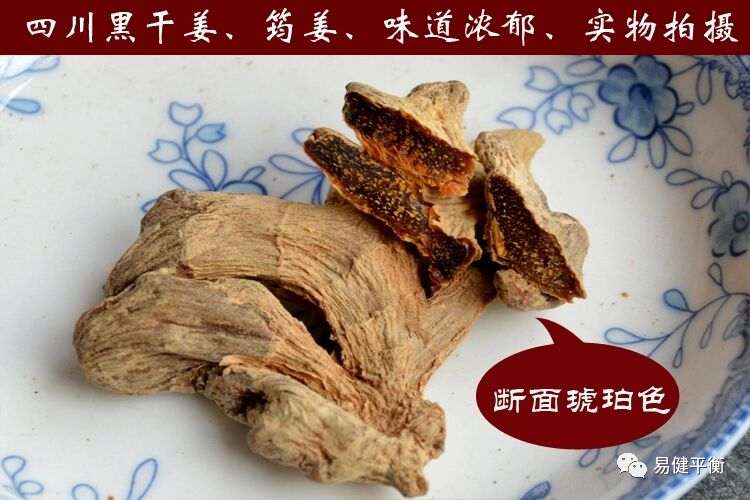
Ginger is also an essential element in daily life, being one of the most commonly used food-medicinal items, effective for disease prevention and health maintenance. Although it is generally used only as a cooking ingredient, traditionally, TCM has the saying, “Men should not be without ginger for a hundred days.” Fresh ginger is often used for men’s health, possessing effects of invigorating blood, dispelling cold, eliminating dampness, and inducing sweating. TCM texts clearly state: “Processed ginger is pungent and very warming, dispelling stomach cold while retaining warmth, warming the meridians to stop bleeding, settling vomiting, eliminating phlegm, and removing cold and dampness from the organs.” In various local traditions, postpartum care for women is often related to ginger, such as pig trotter ginger vinegar, brown sugar ginger tea, and ginger water baths. It can be said that ginger has permeated every corner of our daily lives.
However, based on current knowledge of the medicinal herb market, Jun Jiang is not widely known among many practitioners in the country. In fact, Jun Jiang is the only export-grade medicinal dry ginger that meets the requirements of Japanese Kanpo, with most of its annual production supplied directly to Japan, while domestic practitioners use it sparingly, which is quite lamentable. Historically, before the liberation, Japan and Germany had established pharmacies in Qianwei, Sichuan, to purchase Jun Jiang; shortly after liberation, the Soviet Union also specifically requested Qianwei dry ginger for economic trade, indicating that this is a classic case of “flowers blooming inside the wall while the fragrance wafts outside.” As inheritors of traditional medicine, we have the obligation and responsibility to promote and preserve the cultural heritage of Chinese medicine.
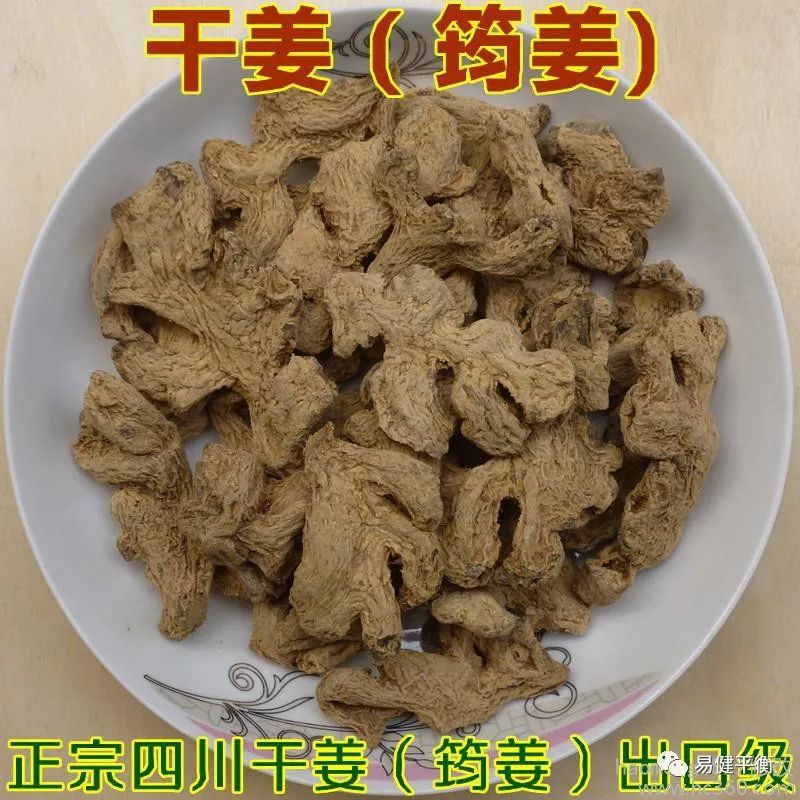
Here are a few daily consumption methods for Jun Jiang:
1. Jun Jiang Lamb Soup
Ingredients: 150g of lamb (lean meat), 30g of Jun Jiang (broken pieces), 1g of salt, 3g of green onion, 1g of Sichuan pepper powder
Method: Cut the lamb into pieces and simmer with Jun Jiang until the meat is tender, then season with salt, chopped green onion, and Sichuan pepper powder.
Health Benefits: Suitable for cold limbs and aversion to cold due to spleen and kidney yang deficiency, soreness in the lower back and knees, clear and prolonged urination, lower limb edema, or excessive menstrual flow with a cold sensation in the lower abdomen.
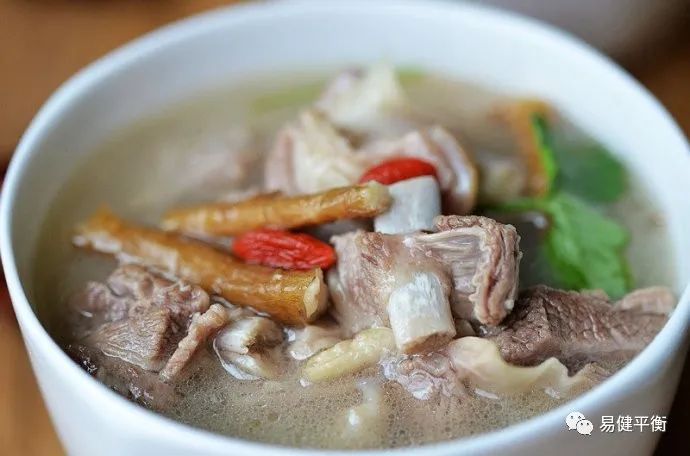
2. Warming Lung Congee
Ingredients: 10g of Jun Jiang, 10g of Schisandra, 3g of Asarum, 100g of rice
Method: Wash the three herbs, wrap them in clean gauze, and cook with rice and water to make congee. After cooking, remove the gauze and eat the congee twice a day.
Health Benefits: Warms the lungs, stops coughing, and transforms phlegm, suitable for cough and wheezing caused by wind-cold in winter, with thin white phlegm.
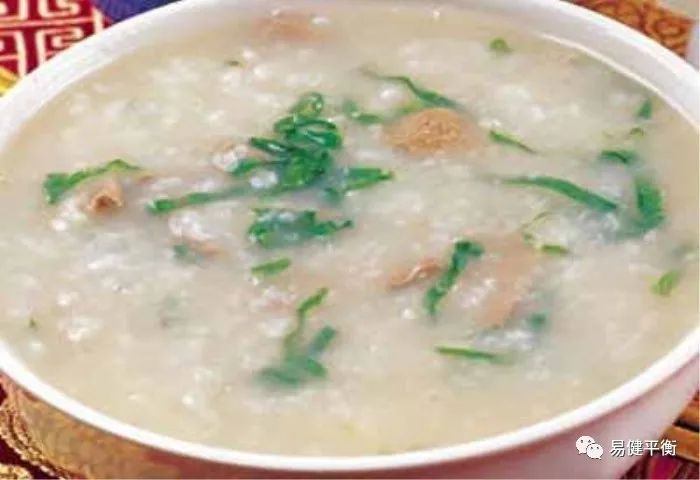
3. Ginger Date Brown Sugar Water
Ingredients: 10g of Jun Jiang, 20g of red dates, 50g of brown sugar (preferably raw brown sugar)
Method: Chop or grind Jun Jiang, remove the pits from the red dates, and simmer with brown sugar to make a bowl of tea, drinking it hot.
Health Benefits: Warms the uterus and dispels cold, suitable for cold-induced dysmenorrhea, best taken after menstruation.
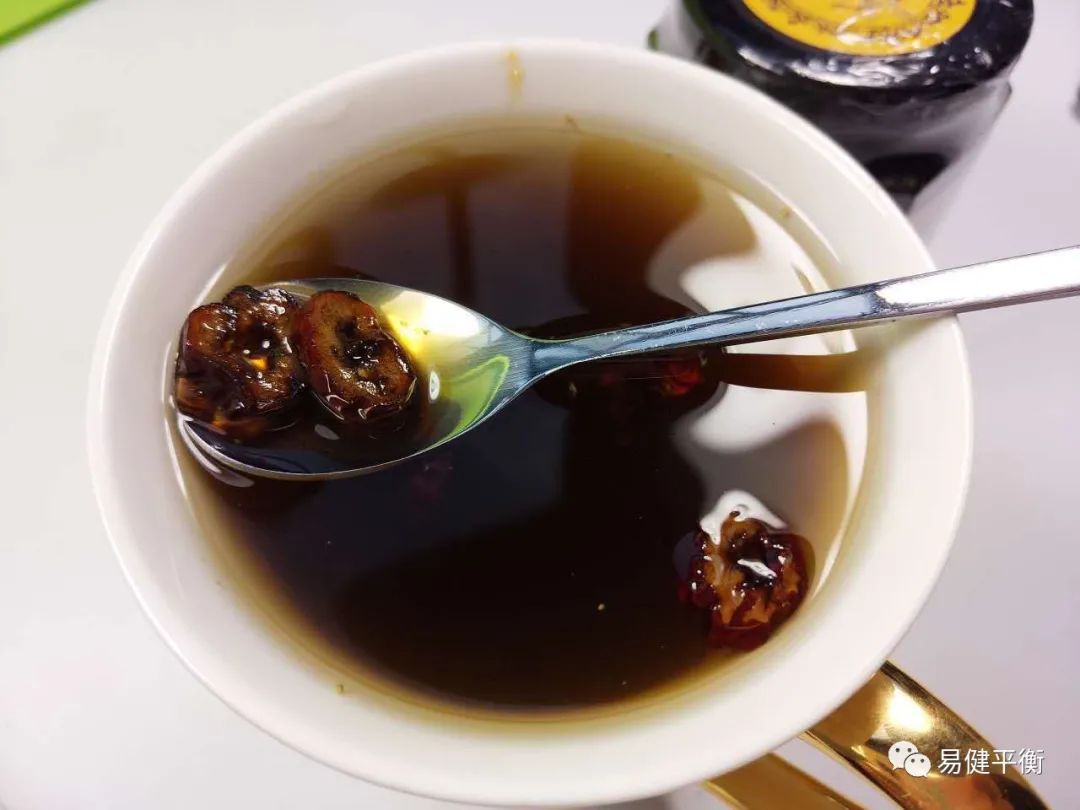
4. Jun Jiang Black Tea
Ingredients: 5g of Jun Jiang powder, 5g of black tea
Method: Place the ingredients in a regular cup, pour in 100-degree boiling water, cover, and steep before drinking.
If conditions allow, boiling both in a kettle is even better.
If it feels a bit dry, you can add a spoonful of honey after it cools down.
Health Benefits: Suitable for people with cold hands and feet, and those with a cold-damp constitution. It can also prevent colds, especially suitable for autumn and winter. Beneficial for enhancing metabolic functions and increasing fat burning rates. Regular consumption can aid in weight loss!
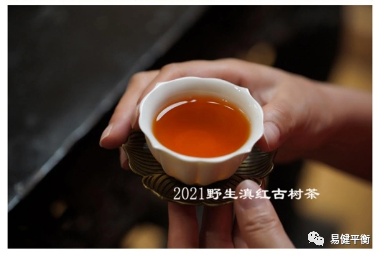
Note: The “Yijian Balance” WeChat public platform is gradually releasing basic knowledge of TCM. Friends in need can refer to articles titled with 【TCM Basics】. If you like it, please leave a message or like!
Yijian Health Health Consultation Chronic Disease Management
Life is priceless, health has value,
Health management should be done now!

Share health, share love—if you find it good, please forward it!!!
⊙ Copyright statement: The article is sourced from the internet; if there is any infringement, please contact us for removal.
⊙ Submission email: [email protected] (original submissions are welcome)
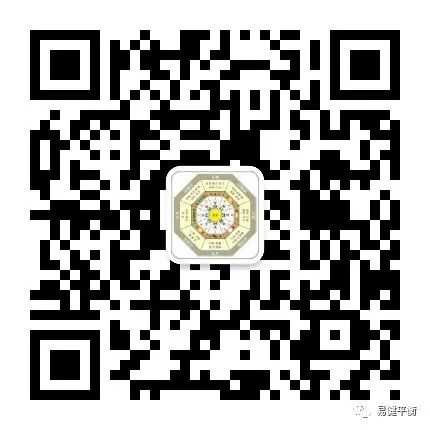 Also welcome to add the editor’s WeChat account “ huashenny ”
Also welcome to add the editor’s WeChat account “ huashenny ”

